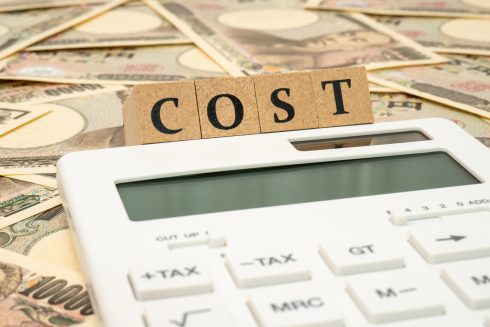WHAT ARE THE DUTIES AND TAXES IMPOSED ON EXPORTS FROM JAPAN TO INDIA? ~UNDERSTANDING BASIC CUSTOMS DUTY, SOCIAL WELFARE ADDED TAX, INTEGRATED GOODS AND SERVICES TAX, AND HS CODES

Hello, my name is Eugene and I am a consultant.
Today we will consider taxes in the export business from Japan to India. In particular, we will discuss in detail the Basic Customs Duty (BCD), Social Welfare Surcharge, Integrated Goods and Services Tax (IGST), and the HS Code, an internationally common product classification system.
What is Basic Customs Duty (BCD)?
To begin with, let me tell you what Basic Customs Duty (BCD) is. It is part of India's taxation system and is a tax imposed on the importation of goods into India from abroad. Customs duties vary depending on the category of product, the price of the product, and other factors, and are determined by how the imported goods affect the domestic market in India. It is seen as an important means of protecting domestic industry and ensuring the healthy growth of the domestic economy.
What is Social Welfare Surcharge (SWS)?
Next, we will discuss the Social Welfare Surcharge (SWS). This is a new tax system introduced by the Indian government in 2018 and is part of the customs duty levied on imported goods. The tax is calculated at a rate of 10% on BCD and the proceeds are primarily used to fund social welfare programs in India. This allows the government to invest the revenue from import business directly in social welfare.
What is Integrated Goods and Services Tax (IGST)?
Let me now turn to the Integrated Goods and Services Tax (IGST). This is a tax system designed to reduce the complexity of the tax system and improve the business environment in the country by applying a uniform tax rate across India. IGST is levied on domestic mobile sales (e.g., interstate sales) and imports. The tax rate is one of four rates: 5%, 12%, 18%, or 28%.
What is ITC-HS?
And finally, we will discuss HS codes, which are internationally recognized commodity classification schemes, and the various taxes and regulations in India are determined based on these codes. In India, four digits are added to the six-digit HS code, and the 10-digit itc-HS code is used to reflect further detailed commodity classification and specific commodity policies. Therefore, it is important to accurately determine the ITC-HS code of the product and apply the applicable tariff and tax rates.
Summary
THESE TAXES WILL AFFECT YOU DIFFERENTLY DEPENDING ON THE SIZE OF YOUR BUSINESS AND THE TYPE OF GOODS YOU TRADE. THE INDIAN TAX SYSTEM IS COMPLEX, AND IN ADDITION TO THESE TAXES, THERE CAN BE A VARIETY OF ADDITIONAL COSTS AND FEES. AS AN EXPORTER, IT IS IMPORTANT TO ACCURATELY CALCULATE THESE TAXES AND FEES TO ESTABLISH THE FINAL PRICE OF YOUR PRODUCT. INDIA HAS A RELATIVELY HIGH TAX RATE COMPARED TO OTHER COUNTRIES. PROPER PRICING WILL HELP KEEP YOUR PRODUCT COMPETITIVE. IN ADDITION, AN IN-DEPTH UNDERSTANDING OF INDIA'S TAX LAWS AND TARIFFS, AS WELL AS HS CODES, IS ESSENTIAL TO BUSINESS SUCCESS.
IN SUMMARY, EXPORTING FROM JAPAN TO INDIA REQUIRES A VARIETY OF FACTORS SUCH AS BCD, SOCIAL WELFARE ADDED TAX, IGST, AND AN UNDERSTANDING OF HS CODES. A GOOD UNDERSTANDING OF THESE AND PROPER CALCULATIONS WILL HELP YOUR BUSINESS SUCCEED. TAX ISSUES IN BUSINESS ARE COMPLEX AND A SOLID UNDERSTANDING IS THE KEY TO SUCCESS.
This is a basic overview of the taxation and commodity classification for exports from Japan to India. India's tax systems are consistent, but each business and commodity requires a tailored approach. With proper planning and preparation, you can take full advantage of these tax systems.
Achieve results with "minimum investment and effort.
Cross-border e-commerceOne-stop shop for services



